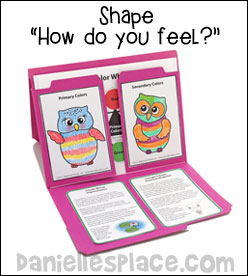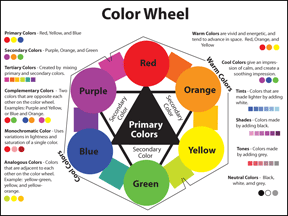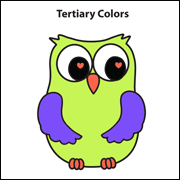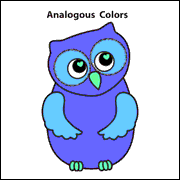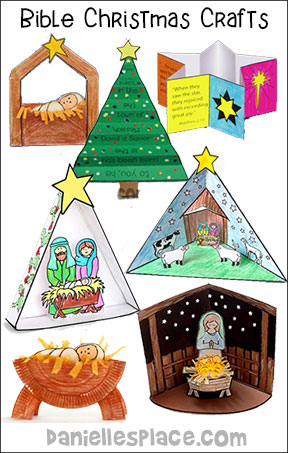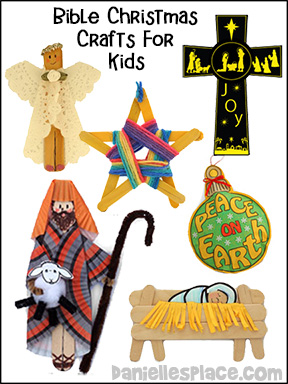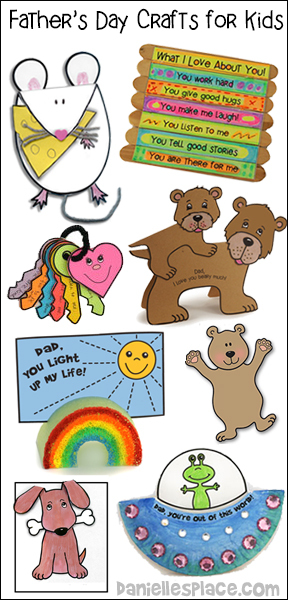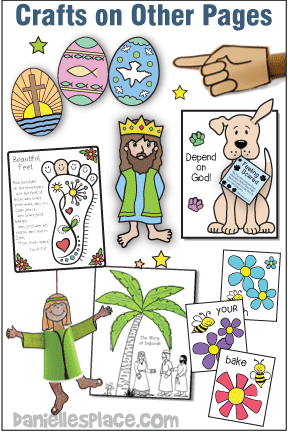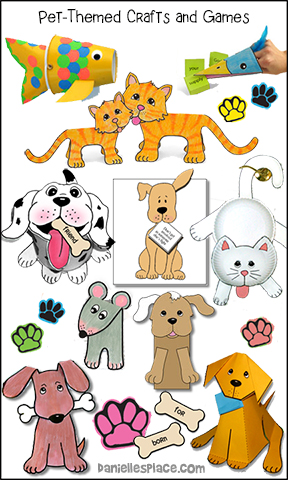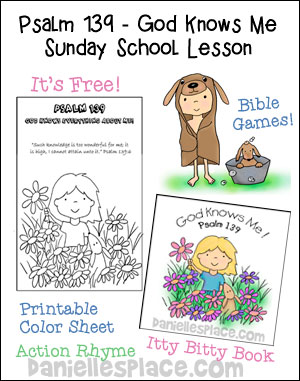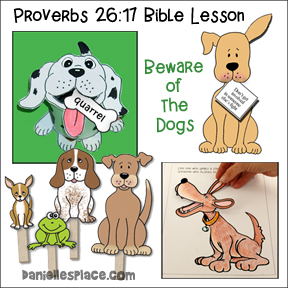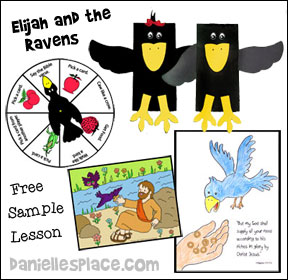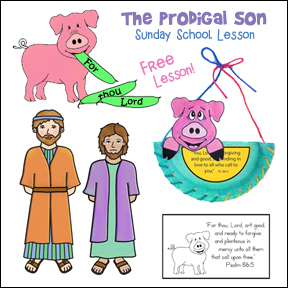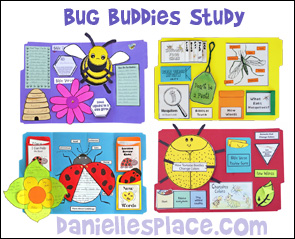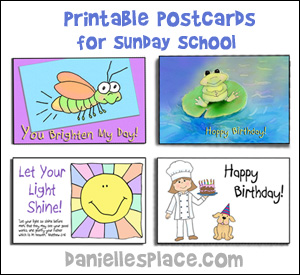Christian Homeschool Art Lessons Color
Artistic Design and the Great Designer Lessons
Art Lessons on The Elements and Principles of Design from a Biblical Perspective. Children learn about God through art. Each lesson teaches an element of design and a biblical principle that relates to that design element. Children study famous artists and art movements, practice artistic techniques, and learn to express themselves through art.
Color - "How Do You Feel?"
This Lesson is available to Members on The Resource Room.
Bible Verse: "For we walk by faith, not by sight:" 2 Corinthians 5:7, KJV
Teaching Concept:
People are very much affected by the colors and combinations of colors they see in a work of art. A good artist uses color and other elements and principles of design to create a piece that conveys his feelings and elicits strong emotions from the viewer.
As a Christian we are to walk by faith, not by what we see because what we see is not always what we can depend on. We live in the physical world, but must also consider the spiritual, the unseen world. Things may look bleak and out of control, but we can know that God is always in control when we put our faith in him.
Artists and Artistic Techniques:
Georgia O'Keefe, Claude Monet, Impressionism, and color theory.
Read "No One Saw , Ordinary Things Through the Eyes of an Artist" by Bob Raczka

Everyone has their own view point. Different things affect people differently. Artists express their feelings through their art. We can know how an artist feels about something by looking at what he paints, the colors he uses, and how he paints it.
The first artist mentioned in this Book is Georgia O'Keeffe. By studying her work it is obvious that she loved flowers, nature and especially the desert. She was amazed by the form and color of flowers. No one saw flowers like Georgia O'Keeffe. She studied them making hundred or sketches of them in different lighting effects during different times of the day. She was a very successful artist because she was able to convey her feelings through her expert use of water colors.
Have your children look at pictures painted by Georgia O'Keeffe online. There is a video about her houses, artwork, and life on this web site:. - https://www.okeeffemuseum.org/her-houses.html
Ask your children what colors Georgia used? Did she use dark colors, bright, or muted colors? How do the colors she used in her painting make you feel?
Monet is another artist mentioned in this book. It is obvious by his painting that he also loved nature. He even planted his own garden so he could paint what he saw. Open a new screen and type in Monet in the image search in Google, and you will see hundreds of pictures pop up or use this link to View a Slide Show of His Work.

Ask your children: How are their flower pictures different? Georgia made very detailed, close-up, almost realistic paintings of flowers while Monet's were very impressionistic. His painting look more realistic at a distance, but close up they look like blobs of paint. Have your children look at pictures painted by Monet and ask them to compare the two artists. Did they use the same colors? Georgia painted many of her pictures in the Southwest desert in the US while Monet painted in Paris. It is obvious that they both loved flowers very much, but they both used very different techniques.
When Monet first started painting in this style many people thought his paintings looked sloppy and unfinished. The colors he used were very bright and vibrant, compared to the typical painting of his day.
"Linnea in Monet's Garden" is another excellent book about Monet for children.
Using Colors to Express Your Feelings
Ask your children, "What makes you sad, angry, or frustrated?" Then ask them what colors they think of when they feel this way? Tell them to draw or color a picture using these colors to express their emotions. When they are done with their paintings ask them if their pictures would have been as effective if they used different colors. Then ask them what makes them happy or excited? Ask them what colors they think of when they describe how they feel. Have them draw, paint, or color a picture using these colors. When they are done with their pictures ask them if their pictures would have been as effective if they used different colors.
Color Wheel and Terms Relating to Color
Secondary Colors- purple, orange, and green.
Tertiary Colors- The six colors created by mixing the primary and secondary colors that are next to each other on the color wheel.
Complementary Colors- Two colors that are opposite each other on the color wheel.
Monochromatic Colors- Are variations in lightness and saturation of a single color.
Analogous Colors- Colors that are adjacent to each other on the color wheel. For example, yellow-green, yellow, and yellow-orange.
Warm Colors- are vivid and energetic, and then to advance in space. Colors with red, orange, and yellow are warm colors.
Cool Colors- are calm and soothing. Colors that include glue, green and purple are cool colors.
Tints- are colors that are made lighter by adding white.
Shades- are colors made by adding black.
Tones- are colors made by adding grey.
"Mouse Paint" by Ellen Stoll Walsh

Three white mice have fun learning about mixing colors.
Watch "Mouse Paint" on Youtube.com or read the book to your children.
1. Print out the Activity Sheet and have your children practice mixing the primary colors to make secondary colors.
Learn About Complimentary Colors
Complimentary Colors are colors that go together.
Watch "What Makes a Friend?"Notebook babies on Youtube - A friend is someone who will compliment you.
Read "The Little White Owl"

The Little White Owl by Jane Chapman
Little White Owl lives all alone in the snow, but he doesn't mind so much because his head is filled of happy stories. One day he decides that it is time to go see the world, and he discovers a place that is occupied by beautiful colorful owls, owls just like him, or so he thinks. When he tries to be friendly with them they are standoffish and tell him he doesn't belong with them because he doesn't have any colors. Little Owl disagrees and says, "But I do have colors . . . here in my heart! . . . I'll share them with you if you want?" Though the colorful owls were reluctant to listen to him at first, they find that they enjoy Little White Owl's stories and ask for more. When it is time to go home the pretty owls ask to come with him, and the Little White Owl leads them to his home. They become good friends and promise to visit each other often.
Color Discussion
Have your children look at the pictures of the Little White Owl in his white world at the beginning of the story. Ask them what colors they see and how the colors make them feel. Then have them look at the picture of his magical stories. Ask them what colors they see and how the picture makes them feel.
Make Colorful Owl Puppets
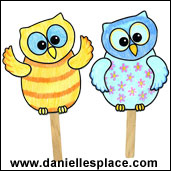
Have your children color the owl puppets and then write things on the back side of their puppets that make them special. Use the puppets to act out the story.
Owl Color Sheets
Using the color wheel printout to review primary, secondary, tertiary, and analogous colors, have your children color owl pictures using the correct color combinations.
"Matthew's Dream" by Leo Lonnie

Matthew, a little grey mouse visits a museum for the first times and is amazed by what he sees. That night he has a dream that he is walking hand in hand with a little mouse he met at the museum in an immense fantastic painting. "As they walked, playful patches of color shifted under their feet, and all around them suns and moons moved gently to the sound of distant music." When Matthew awoke up and saw his dreary attic corner he felt very sad. "But, then, as if by magic, what Matthew saw began to change. The pale colors of the messy junk heap brightened.
Even the crumpled newspapers now looked soft and smooth. And from afar Matthew thought he heard the notes of familiar music." Now he knew what he wanted to be when he got older, a painter. He became a painter and painted large canvases filled with the shapes and colors of joy. He marries the little mouse in his dream and becomes a famous painting. When asked what the name of his largest painting is Matthew smiles and says, "My Dream".
1. Before you read the book to your children show them the pictures and ask them how the pictures and colors make them feel, and how they think the mice in the book might be feeling. Write their answers on a piece of paper.
2. Remind your children that colors and texture can evoke emotions. Have your children make a list of all the emotions and feelings described and implied in the book.
Sadness- When describing Matthew's home - sad broken doll, cobwebs, old junk
Hopeful- for Matthew's future and their future
Confused- about what he wants to be
Amazement and excitement- at seeing the art work
Entranced(spellbound, delighted, wonder) - at the paintings
Playful- colors
Happy - content- Matthew dreams about Nicoletta walking hand in hand.
Misery - tears- when he saw his room.
Happy - hopeful- The messy junk heap brightened - heard notes of a familiar music.
Happy- filled paintings with shapes and colors of joy
Content- when he names his painting "My Dream"
Little Blue and Little Yellow" by Leo Lionni

Watch video about "Little Blue and Little Yellow" on Youtube.
The Artist Who Painted a Blue Horse by Eric Carle

The Artist Who Painted a Blue Horse
In this story children learn that there aren't any wrong colors, and they don't have to stay within the lines. Art is an expression of who you are, so you are free to make whatever you want the way you feel like making it.
"One" by Kathryn Otoshi

One by Kathryn Otoshi
Talk about how the author in this story uses colors to depict emotions.
"Blue is a quiet color. Red is a hot head. Red likes to pick on Blue. Yellow, Green, and Purple, and Orange don't like what they see, but what can they do?" When no one takes a stand, things get out of hand. Until One comes along and shows all the colors how to stand up and count!
This is a great book about color and its effect on our emotions. But it also has a message about bullying and standing up for what is right: Everyone counts, no matter what their "color".
"A Color of His Own" by Leo Lionni
You can watch this on Youtube.com.

"A Color of His Own" by Leo Lionni
Chameleon wanted to be like all the other animals that have colors of their own. He decides that he will stay in one place on a green leaf so that he will always be green, but when the fall came and the leaf turned yellow, then red, and then fell off.
When Chameleon meets another chameleon just like him his attitude changes. He realizes that is more important to have friends that to worry about what he looked like.
1. Ask your children how the author uses colors in this story to depict emotions. Lionni uses the color black to describe the chameleon's feelings during the long winter nights, and spring and the color green to describe his change in emotions when he meets another chameleon.
Watch These Youtube Videos
Make your own poured-paint sculpture - Watch this video and make your own poured-paint picture - https://www.youtube.com/watch?v=jBDRXXwAewI&feature=related
Painting on Water - https://www.youtube.com/watch?v=tCamx8vzyCw&feature=related
Beautiful Water Painting - https://www.youtube.com/watch?v=LNFdqCVi_Gc&feature=related
- https://www.youtube.com/watch?v=llLlFcq3K3U&feature=related
Painting a flower on water - https://www.youtube.com/watch?v=2Kf1B_XJI4Q
©2012, Digital by Design, Inc.-See Copyright Information
Also See Bible Art Lessons About
Point and Dot- "What's the Point?"
Line - "Which Path Do You Choose?"


